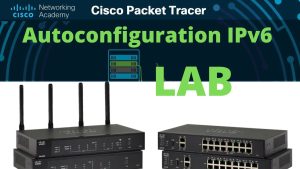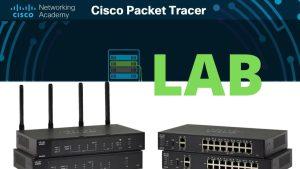A dual-stack network is one in which all nodes are both IPv4 and IPv6 enabled.
The dual stack is especially important at the router level. The router is typically the first node in a given network to receive traffic from outside the network.
Many experts believe that the network infrastructure will move from IPv4 to IPv6. To provide more address space and serve growing global connectivity.
IPv4 and IPv6 must coexist for a number of years, and their coexistence must be transparent to end users.
Ethernet and Concepts of PoE
If an IPv4 to IPv6 transition is successful, end users should not even notice it.
The transition from IPv4 to IPv6 is a process that aims to gradually replace the IPv4 protocol by IPv6 on the Internet.
Dual-stack networks are one of the many IPv4 to IPv6 migration strategies that have been introduced in recent years.
Keep in mind that if you plan to double all your network devices, the interfaces need both an IPv6 and an IPv4 address.
This raises the problem of the lack of IPv4 addresses on the Internet, which is the main reason why IPv6 is needed in the first place.
If you don’t have an abundant supply of IPv4 addresses to apply to your devices, you can still use double stacking, but you will need to conserve your supply of IPv4 addresses by using Network Address Translation (NAT).
Building dual-stack networks with a mix of global IPv6 and NAT IPv4 addresses is quite feasible.
In the video below, I worked on LAB 9. In particular the configuration of DUAL STACK IPv4 and IPv6. Static routing on routers and connection testing on PCs.



